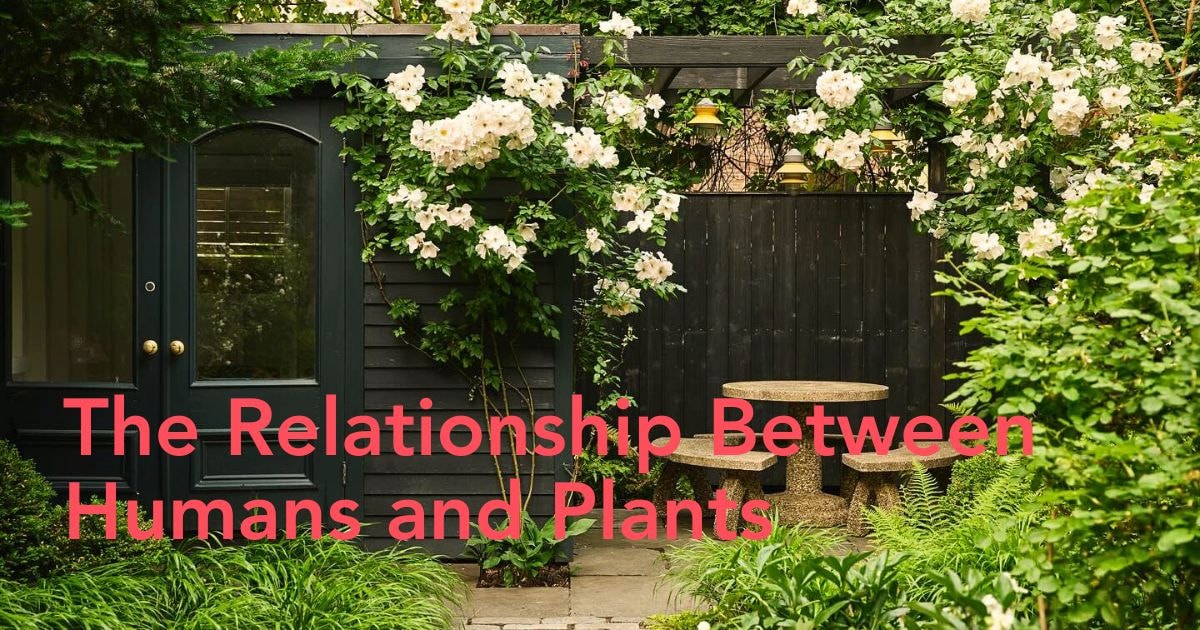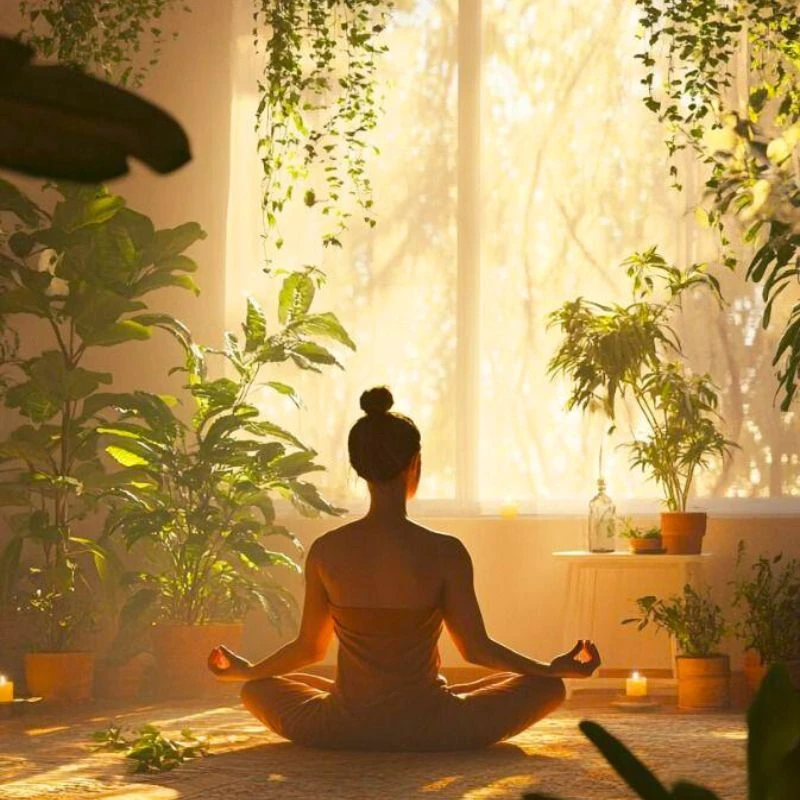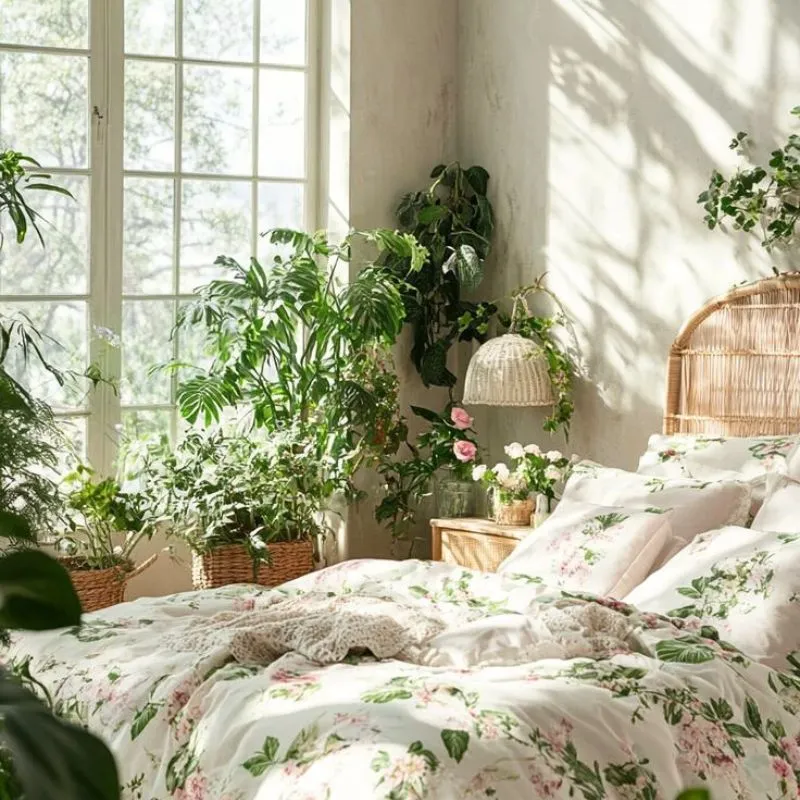Across cultures and centuries, people have instinctively turned to flowers, trees, and gardens in moments of joy, grief, and reflection. Recent research indicates that this instinct confers measurable health benefits. The benefits of flowers and plants go far beyond decoration: they shape stress responses, support mental and physical health, and influence how we feel and function in homes, workplaces, hospitals, and dense urban areas.
Disciplines such as environmental horticulture, public health research, psychology, and urban planning increasingly converge on a similar conclusion: when plant life and thoughtfully designed green spaces are woven into everyday routines, the benefits for well-being are substantial. Studies conducted on indoor plants, community gardens, and urban trees highlight links with air quality and comfort, healthier food choices and physical activity, cognitive function and mental health, and even downstream health care costs when green infrastructure is planned at scale.
Why Flowers and Plants Matter for Human Health
The story starts with something simple: sustained contact with living nature. Whether this appears as indoor plants on a desk, trees lining a street, or gardens in an inner city courtyard, these natural elements provide accessible pathways to good health. They touch stress levels, sleep, social ties, and the basic quality of daily life. The sections below focus on the best-documented well-being benefits, while noting where evidence remains emerging.
#1 Indoor Plants and Realistic Expectations About Indoor Air
The well-known NASA Clean Air Study showed that selected species, grown in sealed chambers, could remove volatile organic compounds while absorbing carbon dioxide and releasing oxygen. Later reviews, however, clarified an important point: in typical rooms with windows and mechanical ventilation, a very high plant density would be required to reduce indoor air pollution meaningfully. In practice, indoor plants contribute more modestly, supporting perceived indoor air quality and comfort, rather than replacing ventilation or filtration.
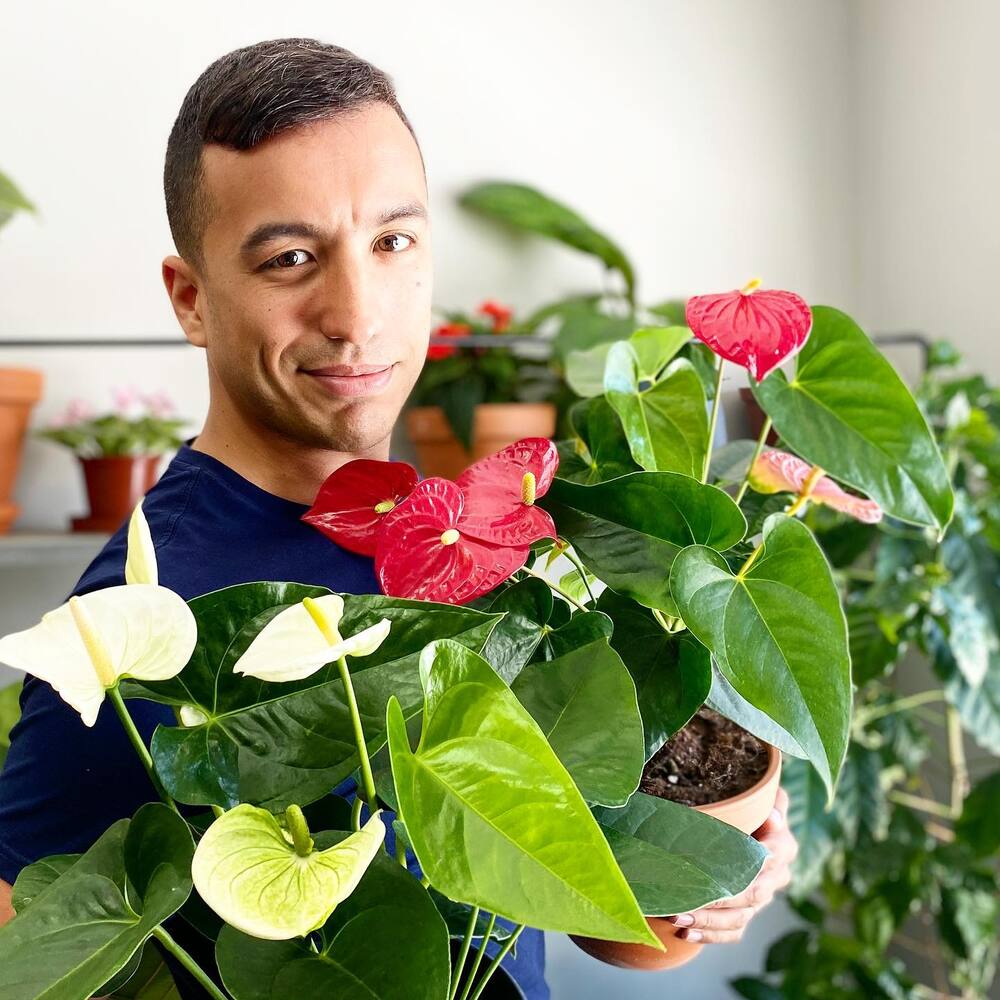
Even in specialised systems such as green walls, research shows that plants work alongside, rather than replace, technical solutions. In these installations, leafy plants, root-zone microbes, and soil or engineered media can participate in removing toxins and moderating indoor air, sometimes influencing local oxygen levels and water vapour. Yet experts consistently describe fresh-air supply and filtration as essential; plants are best understood as complementary natural elements within a broader air-quality strategy.
#2 Stress, Blood Pressure, and Everyday Recovery
Several experimental studies reported that active interaction with indoor plants, simple gardening activities such as repotting or tending containers, can lower stress levels, reduce diastolic blood pressure, and dampen sympathetic nervous-system activity compared with equivalent periods of computer work. These findings point to practical psychological benefits and a gentle way to support mental and physical health during demanding days or recovery periods at home.
In healthcare, flowers and plants can quietly support the healing process. One study of post-surgical patients found that patients whose hospital windows looked out on trees had shorter hospital stays, required less potent pain medication, and had fewer negative notes in their nursing records than patients facing a brick wall. Subsequent research has shown that recovery rooms with indoor plants can reduce anxiety and stress, thereby improving health in the first days after treatment.
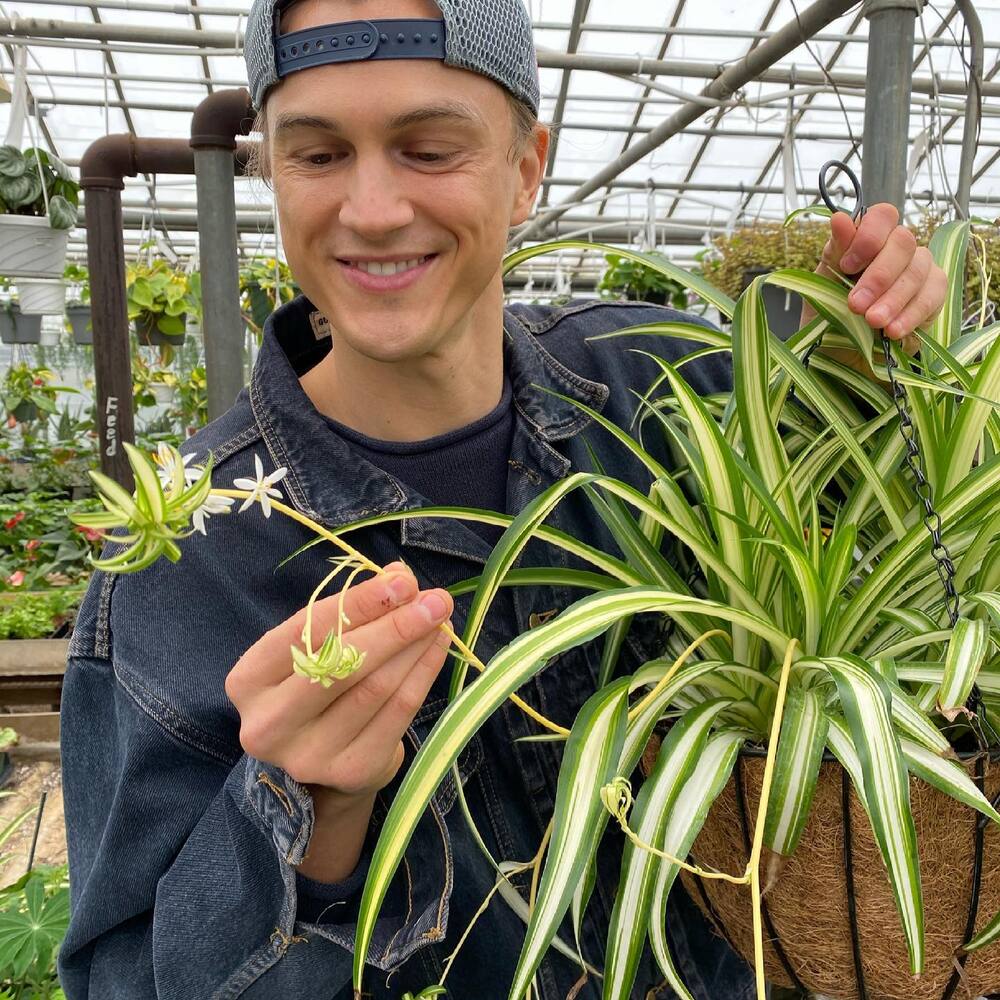
#3 Mental Health Benefits and Cognitive Function
A growing body of research on indoor plants suggests associations with reduced stress, milder depressive symptoms, and improved moment-to-moment mood. A recent study mapping this literature noted that all included trials reported positive associations between indoor plants and mental health, although many samples were small. These mental health benefits mirror findings from outdoor natural environments, in which time in nature is associated with reduced rumination and more stable emotion regulation.
Attention restoration theory helps explain why even modest views of flowers, trees, or gardens may aid cognitive function. Natural settings provide “soft fascination”: they gently hold attention without demanding effort. After exposure to natural settings, whether in city parks or carefully designed interiors with plants and other natural elements, people often perform better on tasks requiring sustained attention, problem-solving, and innovative thinking.
#4 Horticultural Therapy and Structured Nature-Based Care
Horticultural therapy uses guided interaction with plants, flowers, soil, and gardens as part of formal programmes in hospitals, rehabilitation centres, and community facilities. Meta-analyses and clinical trials have reported benefits for depression, anxiety, social withdrawal, and quality of life, particularly among older adults and people in long-term care. Here, the garden is not just a backdrop; it is a framework for the healing process, with tasks paced to build confidence and restore capacity.

For people with limited access to safe natural environments, horticultural therapy brings the natural world indoors. Repeated, structured sessions – watering, sowing, pruning – provide gentle physical activity, social contact, and a sense of progress. Clinicians frequently observe that such programmes help reduce symptoms of low mood and anxiety, complementing more conventional mental health interventions.
Community, Equity, and the Social Power of Green
Plants and flowers shape not only individual outcomes but also community health. The distribution of trees, gardens, and green spaces often mirrors social and economic inequality, with consequences for heat exposure, air pollution, and chronic stress in disadvantaged urban areas. Evidence shows that investments in community gardens, street-tree planting, and high-quality parks can strengthen resilience, particularly in the inner city.

#5 Community Gardens, Food, and Social Connection
Systematic reviews of community gardens have linked participation with higher fruit and vegetable intake, stronger social networks, and better self-rated health. Many community gardens also support urban food security by cultivating vegetables, herbs, and culturally significant food crops near where people live. These shared spaces give residents a say in how local land, soil, and water are managed, which is especially significant in inner-city districts where access to high-quality green spaces has historically been limited.
Beyond diet, community gardens regularly serve as informal classrooms. Neighbours exchange knowledge about compost, plant care, and climate-resilient species. Studies reported wider psychosocial and community outcomes - from mutual support networks to local advocacy, although researchers emphasise that impacts are context-specific. Taken together, this work demonstrates the substantial benefits to society when land is collectively managed for community health.
#6 Greener Neighbourhoods and Efforts to Reduce Crime
Studies conducted in multiple cities have examined relationships between vegetation and crime. While the picture is complex, some research indicates that well-maintained green spaces, street trees, and active community gardens are associated with lower rates of certain crimes. Mechanisms include more “eyes on the street,” more legitimate uses of outdoor space, and stronger social cohesion. The crucial distinction is quality: neglected lots may not help, whereas tended gardens and trees can support informal guardianship and help reduce crime.

#7 Green Spaces, Equity, and Public-Health Outcomes
Large reviews on green spaces and health report associations between access to parks, trees, and other natural settings and lower risks of cardiovascular disease, heat-related illness, and premature mortality. The gains often appear strongest in communities facing higher baseline stress and poorer environmental quality. When planners prioritise new green spaces for vulnerable neighbourhoods, they can simultaneously address climate change adaptation, community health, and environmental justice, while contributing to safer, well-used public environments.
Environmental Benefits That Loop Back to Human Health
At the ecosystem scale, the benefits of flowers, plants, and trees extend into the air, water, and climate systems that underlie human health. Much of this work happens quietly, at the level of root systems, soil structure, and canopy cover, but it shapes the environment in which everyday life unfolds.

#8 Urban Trees, Air Pollution, and Cooling
Urban trees intercept particulate matter, absorb certain gaseous pollutants, and provide shade that cools surfaces and the surrounding air. Reviews of urban forests, air quality, and health suggest that well-planned tree canopies can modestly improve air quality and help shield residents from extreme heat, especially during heatwaves. One study of a coastal park even quantified how reduced air pollutants translated into lower local health care costs, underlining the economic value of green infrastructure.
By moderating temperatures and mitigating the urban heat island effect, trees and other green spaces can reduce reliance on air conditioning. This in turn lowers emissions that drive climate change and can improve outdoor air quality, creating a feedback loop in which plants stabilise the very environment that sustains them.
#9 Soil, Water, and Living Infrastructure
Healthy soil in gardens, parks, and planted streets functions like a sponge and filter. Along with plant roots, it slows stormwater runoff, filters pollutants, and supports diverse microorganisms. Many cities now use rain gardens, bioswales, and other green industry products as living infrastructure to manage water more gently than concrete channels. As environmental horticulture refines plant palettes and designs for these systems, their contribution to both the environment and human health becomes more apparent.

#10 Flowers, Pollinators, and the Food System
Flowers are central to pollination, linking plant reproduction to the availability of food. Many trees, shrubs, and herbaceous species in gardens and larger landscapes provide nectar and pollen for bees, butterflies, and other pollinators that support fruit, nut, and seed production. In compact urban areas, pollinator-friendly gardens, balconies, and community plots can collectively sustain these services, helping to maintain diet diversity and local food resilience.
#11 Climate-Smart Planting and Resilience
As climate change accelerates, environmental horticulture increasingly focuses on plant combinations that can tolerate heat, drought, and intense rainfall while still supporting human health. Drought-tolerant urban trees, deep-rooted rain-garden perennials, and resilient groundcovers are examples of green industry products designed for demanding conditions. Positioned strategically, they shield buildings from heat, slow stormwater, and help keep outdoor spaces usable during extreme events.
Impact of Flowers and Plants at Workplaces, Learning Environments, and Daily Performance
In offices, classrooms, and shared learning spaces, the presence of flowers and plants is increasingly treated as a design choice with measurable outcomes rather than a decorative afterthought. Carefully placed indoor plants and other natural elements have been associated with improved cognitive function, reduced stress, and clearer perception of indoor air quality and overall environmental quality. For organisations and institutions, these well-being benefits translate into higher worker productivity, greater job satisfaction, and more supportive conditions for focused learning and long-term mental health.

#12 Indoor Plants, Worker Productivity, and Job Satisfaction
Office studies have shown that adding indoor plants to previously bare spaces can improve perceived environmental quality and support worker productivity. One study found that employees in plant-rich offices performed better on tasks requiring sustained attention than colleagues in minimalist spaces, and reported greater job satisfaction. Although samples are often small, these findings are consistent with broader evidence on the psychological benefits of contact with nature during the workday.
#13 Cognitive Support in Schools and Universities
Classrooms that open onto gardens or incorporate well-maintained plants can provide students with small restorative pauses. Studies have reported links between exposure to natural settings and improved attention scores, fewer behavioural difficulties, and better academic performance, particularly when outdoor lessons or school gardens are part of the timetable. Attention restoration theory offers a plausible mechanism: brief contact with natural environments helps students “reset” before returning to demanding tasks.

#14 Designing With Natural Elements Indoors
Biophilic design uses natural elements - plants, daylight, wood, and sometimes water - to create interiors that echo valued features of outdoor natural environments. When environmental horticulture professionals collaborate with architects and clinicians, they can position indoor plants and flowers so they are visible from hospital beds, waiting areas, or stairwells. In healthcare, such choices have been associated with lower stress, steadier blood pressure, and a calmer healing process for both patients and staff.
Personal Routines and Everyday Well-Being
At home, flowers and plants turn ordinary routines into quiet anchors for well-being. A small garden, balcony collection, or cluster of indoor plants invites regular movement, observation, and care that naturally fit around meals, work, and rest. These repeated interactions with natural environments help reduce stress, reinforce a sense of continuity, and provide subtle cues that support healthier habits over the course of daily life.

#15 Home Gardens, Physical Activity, and Daily Rhythm
Home gardens and balcony containers encourage regular, purposeful physical activity, including watering, pruning, staking, harvesting, and tilling the soil. For many people, these gardening activities are more sustainable than formal exercise regimes and fit naturally into everyday life. Over time, this rhythm can support good health by increasing movement, reducing stress, and offering structured moments of quiet attention to living systems.
#16 Indoor Plants, Mood, and Small-Scale Rituals
Indoors, small rituals around flowers and plants – checking soil moisture, turning a pot toward sunlight, or replacing a vase arrangement – anchor the day. Research on indoor plants and mood suggests that these everyday cues can help in reducing stress between less frequent visits to larger natural settings. The benefit of flowers here is both sensory and symbolic: they signal growth and continuity during demanding periods.

#17 Nature, Grief, and Emotional Processing
For many people, nature, flowers, and gardens provide a framework for processing grief, illness, and major transitions. Planting a commemorative tree, tending particular flowers, or spending time in a familiar park can help externalise emotions that are hard to express verbally. While this area relies more on qualitative evidence than on large trials, clinicians and counsellors frequently describe meaningful emotional and psychological benefits when clients intentionally use natural settings to support coping.
#18 Inner City Greenery and Community Identity
In the inner city, even small planting projects – tree pits, pocket parks, or flower-filled planters – can alter how residents feel about their street. Cleaner air, shade, and reduced noise are part of the picture, but so are shared responsibility and local pride. When partnerships between residents, environmental horticulture professionals, and city agencies are strong, these interventions can reduce crime, strengthen community health, and better protect vulnerable groups from heat and pollution.
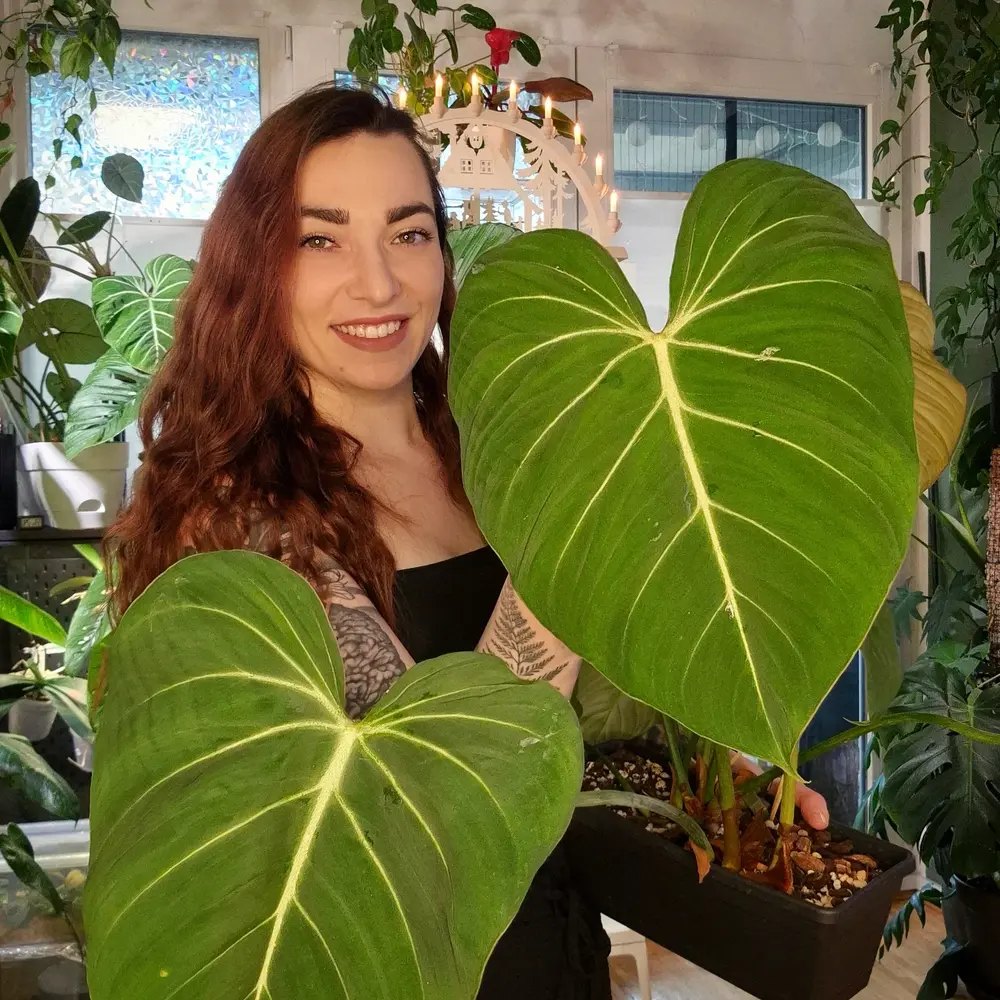
#19 Community Gardens as Engines of Learning and Leadership
Community gardens often become training grounds for leadership. Residents learn to navigate regulations, manage budgets, and resolve conflicts while caring for shared land. In the process, they deepen their understanding of soil, water, and plant care, and develop practical skills for growing vegetables and managing food production in tight urban spaces. These experiences can expand civic participation and local resilience in ways that purely technical projects rarely achieve.
#20 A Long View: Plants, Health, and Future Generations
Across all these examples, a pattern emerges: flowers, trees, and gardens influence health at multiple scales, from immediate stress responses to city-wide strategies for heat and air pollution. When households adopt indoor plants, when schools invest in gardens, and when planners protect mature trees and create new green spaces, they collectively establish a quieter, healthier baseline for daily life. The benefits of well-being extend to future generations, not just those alive today.
None of these outcomes depends on a single spectacular specimen. They arise when plants, people, and places are planned together, bringing environmental horticulture, public health, and community voices to the same table. As the evidence base grows, it becomes increasingly clear that integrating plants into everyday design is not a luxury; it is essential infrastructure for long-term health, equity, and environmental quality.
Header image by @salle.design, feature image by @unify_financial.

